
The Adventures and Trials of Jack, Scat-Sniffing Superdog
Jack and his handler Collette Yee found challenges, meaning, and each other in their work helping scientists better understand orcas, bats, and more.
Jack, a stocky cattle dog with a graying face that blends into his blue, mottled coat, struts down the mossy trails of western Oregon with purpose. On or off leash, his focus is keenly attuned to his handler and partner, Collette Yee. And it’s not just the yellow dog toy in her hands that draws his attention. The two can read each other’s most subtle cues, and have an unbreakable bond built on years of expert training, mutual reliance, and time together in the field.
For the past six years, Yee and Jack have been nearly inseparable in life and work. They are a part of Rogue Detection Teams, a Washington-based company that focuses on harnessing the unique skills of often unruly and unwanted pets to assist in conservation field research. These dogs are extensively trained to sniff out things far beyond human senses: from bats that hide in crevices to viruses that infect plants, from carcasses frozen deep in snow to all manner of scat. It’s a lot of “stinky data,” says Jennifer Hartman, cofounder of Rogue. Yee and Jack have become well known in the conservation detection dog world for the feats they’ve achieved. They’ve bounded through feet of snow, huddled in the car at night to keep warm in the single digits, traversed rocky ridge lines so narrow that Yee had to carry Jack, and boarded boats and helicopters all over the country and beyond. But this is more than a handler and a working animal. They found home in each other, and ultimately saved one another’s lives.
“Jack is always going to have a special spot in my heart,” says Heath Smith, Rogue’s cofounder and a cat-lover–turned–cattle-dog-softie, who has been working in dog detection for 23 years. “I am so incredibly thankful that he met Collette, for everything she’s done for him, with everything he’s been through. It’s just incredible. I wish for all of the dogs that we have in our care to have somebody as amazing as Collette.”
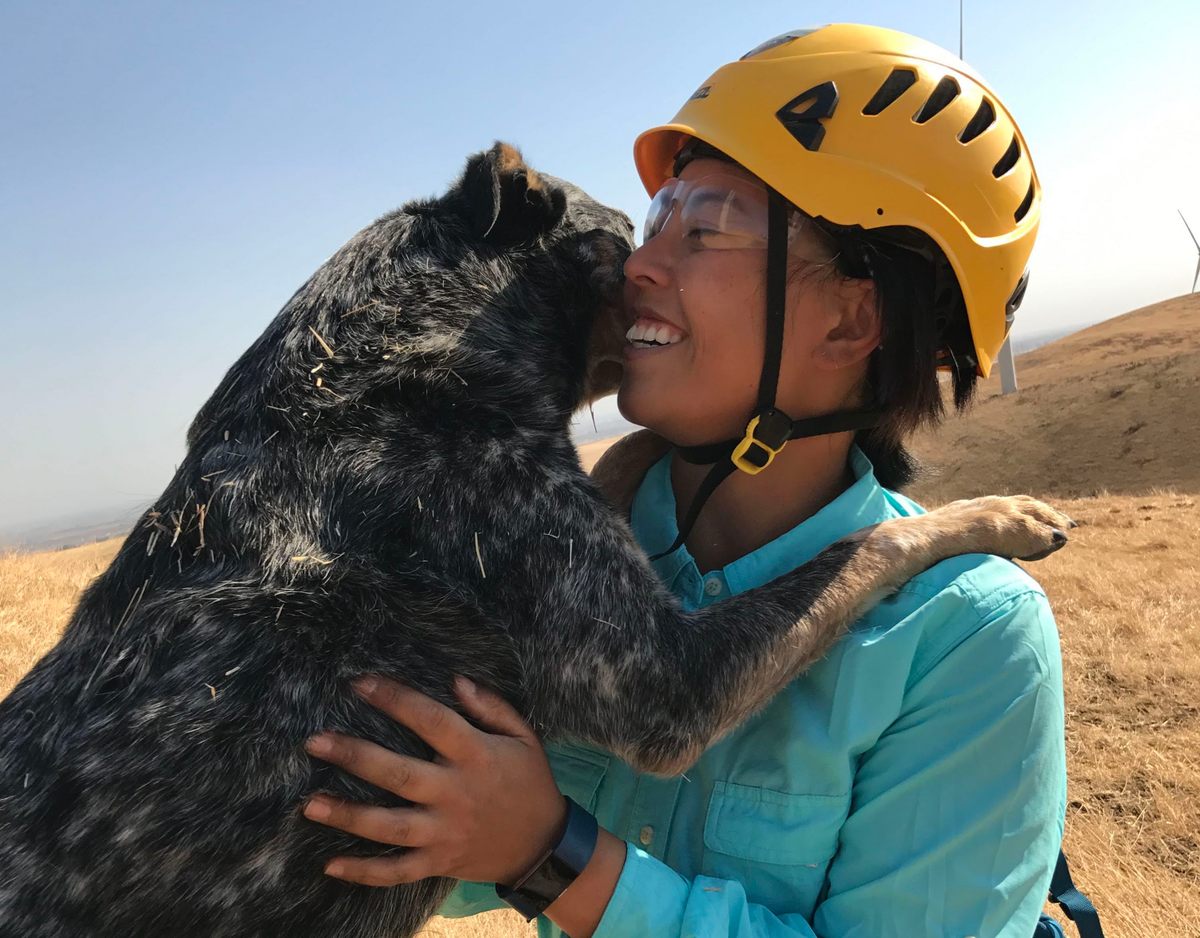
On the Scent
Yee’s and Jack’s paths didn’t cross until 2017, but the roads they had traveled weren’t all that different, Yee says in reflection. Jack, like many Rogues, was a poorly behaved pup who spent time in and out of Washington animal shelters. Yee, who grew up in California, was a bit of a restless child herself. They were, she says, both bored and aimless. “I didn’t have a lot of aspirations,” she says. “I wasn’t like the kid that thought about being an astronaut when I grew up. I don’t think I had any idea what I wanted to do.”
At the College of San Mateo, California, Yee found a calling in environmental sciences aboard a boat in the Bay. She preferred field work to the stuffy confines of a classroom. Eventually she transferred to the University of California, Berkeley to study bees. “All of a sudden, I was interested in school and I was getting perfect grades,” she says.
Yee graduated in 2014, but a research job was elusive. Then, a friend pointed out Conservation Canines. The company was the predecessor to Rogue and started in 1997 out of the University of Washington, inspired by the narcotic dog training tactics used by the Washington State Department of Corrections. It was one of the first canine conservation research programs of its kind, though the practice can be dated back to the 1890s, when conservationist Richard Henry in New Zealand taught his pet dog to find rare bird species for protection. Since then, canines have been used around the world to sniff out anything from pangolin and leopard poo to the traces of silverspot butterfly caterpillars. Dogs have accomplished what human researchers fail or struggle to alone, finding minute details—often in the form of data-rich feces—across vast landscapes.
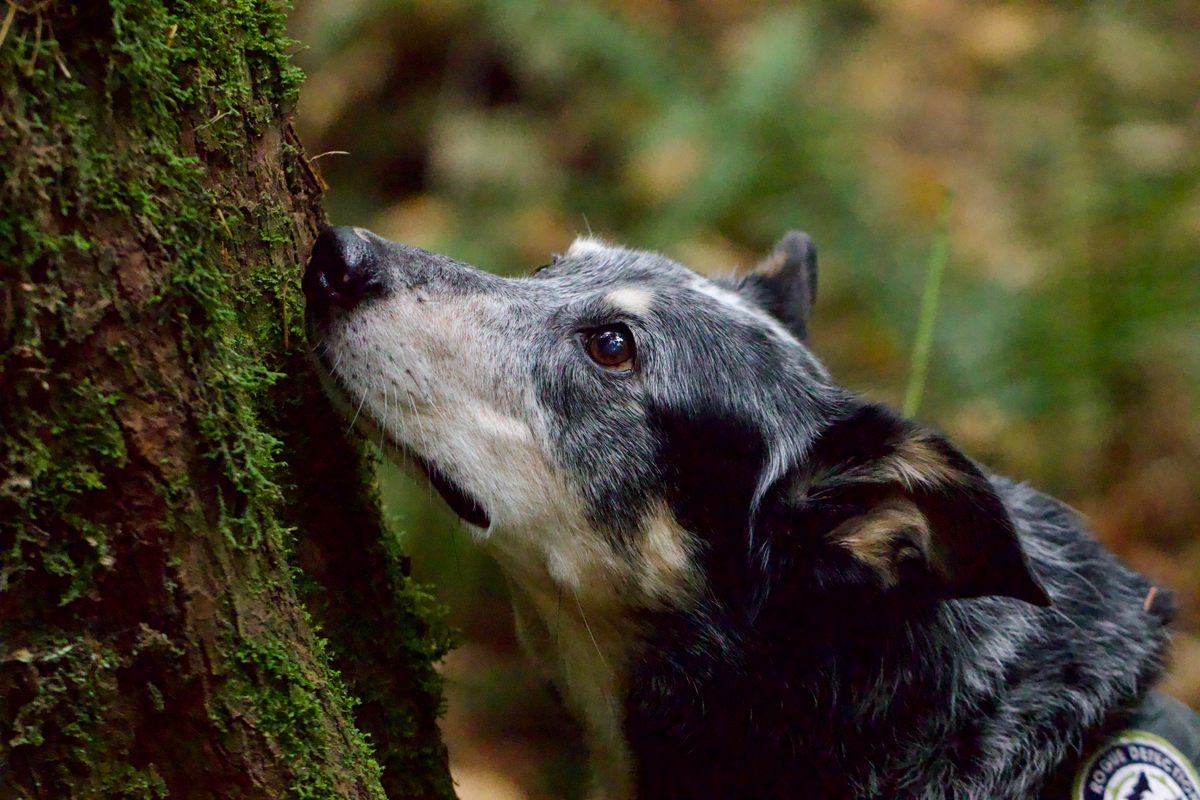
Yee applied immediately. Nothing, but she couldn’t get the idea out of her mind. She quit a service job and started working at a kennel. A year passed before applications reopened. The company was just six people, but was looking for new recruits. So Yee made a flashy video application—complete with a song and a photo montage of her passions and achievements. Her dark hair was pulled back and she wore a simple silver nose ring. She smiled into the camera and sang, as photos of her decked out in rugby gear, hoisting a pack at a trailhead, taking field notes, and—of course—training dogs, flicked across the screen. “Her application is single-handedly one of the best we have ever received, then or now,” says Hartman, who worked at Conservation Canines along with Smith.
Yee had two weeks to pack up and drive to the remote station in Washington. She arrived with eight other eager candidates, and the real test began—a grueling screening process. “Finding the dogs and working with them is the easy part,” says Smith. “Finding people that can work with those dogs is the hard part.” The first week they spent hiking from sunup to sundown, with no dogs in sight. “Most people don’t realize how hard it is,” Yee says. “We’re hiking off trail; we’re hiking all day long. The dogs are the easy part. The dogs know what they’re doing. It’s more like, can you keep up with them?”

Meet the Rogues
“They’re not your normal dogs, and this isn’t your normal job,” says Smith. Rogue dogs are a special kind of naughty. They’re hard to keep as pets, and adopting these problem dogs for field work is intentional, says Hartman. “A huge part of why we do this work is because this is a resource for the unwanted dogs of the shelter world,” she says: high energy, ill-behaved, and, most importantly, fetch-obsessed. Like really obsessed, says Yee.
The new recruits paired off and tried out different dogs—from cattle dogs to chihuahua mixes to schipperkes. Some matches were obvious. Ranger, a big black lab with boundless energy, teamed up with an ultramarathon runner, of course. All the dogs had their strong suits, from attention to tiny details to mastery of difficult terrain. However, there was one dog so difficult that none of the new recruits—and few of the old—were interested in teaming up. Jack, a sturdy speckled cattle dog with a lolling tongue and big smile, was cute, but had a reputation for stubbornness and even aggression.
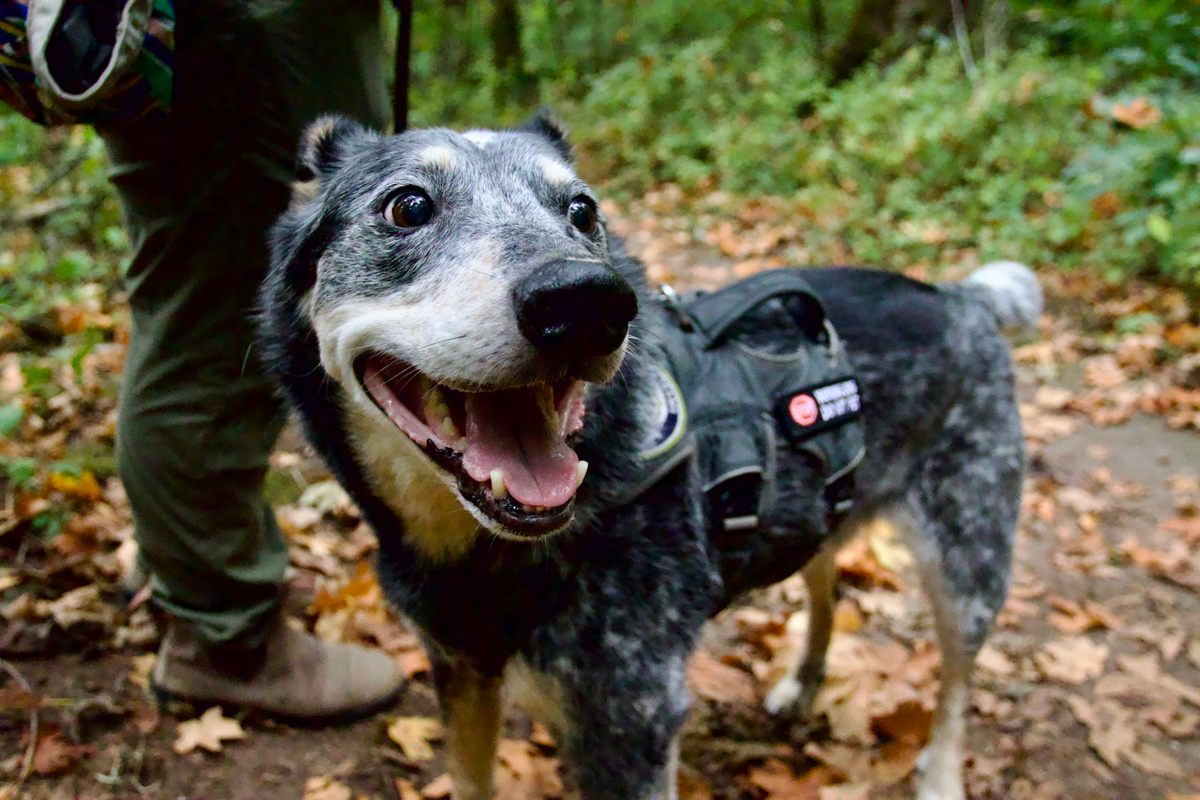
Despite being at Conservation Canines for years, Jack had yet to find a human partner outside of Smith, who is a virtual dog whisperer. “Yeah, he never found his person because he was a jerk,” Yee says. Jack often just took off. Or, during training, he’d skip samples or refuse to move from ones he’d already found. “I would call my friends back home and say, ‘Ugh I don’t want to work with this dog,’” says Yee.
Smith put Jack and Yee together for a real assignment. The study involved traversing a 1,776-square-mile area, twice, and focused on identifying signs of big carnivores, such as pumas, bears, and bobcats. The dogs’ job was a classic: sniff out scat in return for a round of fetch or tug-of-war. “There is no way this is going to work,” Yee remembers thinking. But when they hit the field, something happened. “He was a completely different dog,” says Yee. “The thing Jack and I discovered really quickly on our first trip is that he is just so easily bored. He needs mental and physical stimulation all the time, or he just loses his mind.” Suddenly, the work made total sense to Yee. “It was like night and day,” she says. “All of a sudden, I was like, ‘Okay, I get it now.’ These dogs need to be out here. Jack truly hates not working. This is why these people do this, these dogs need it.”
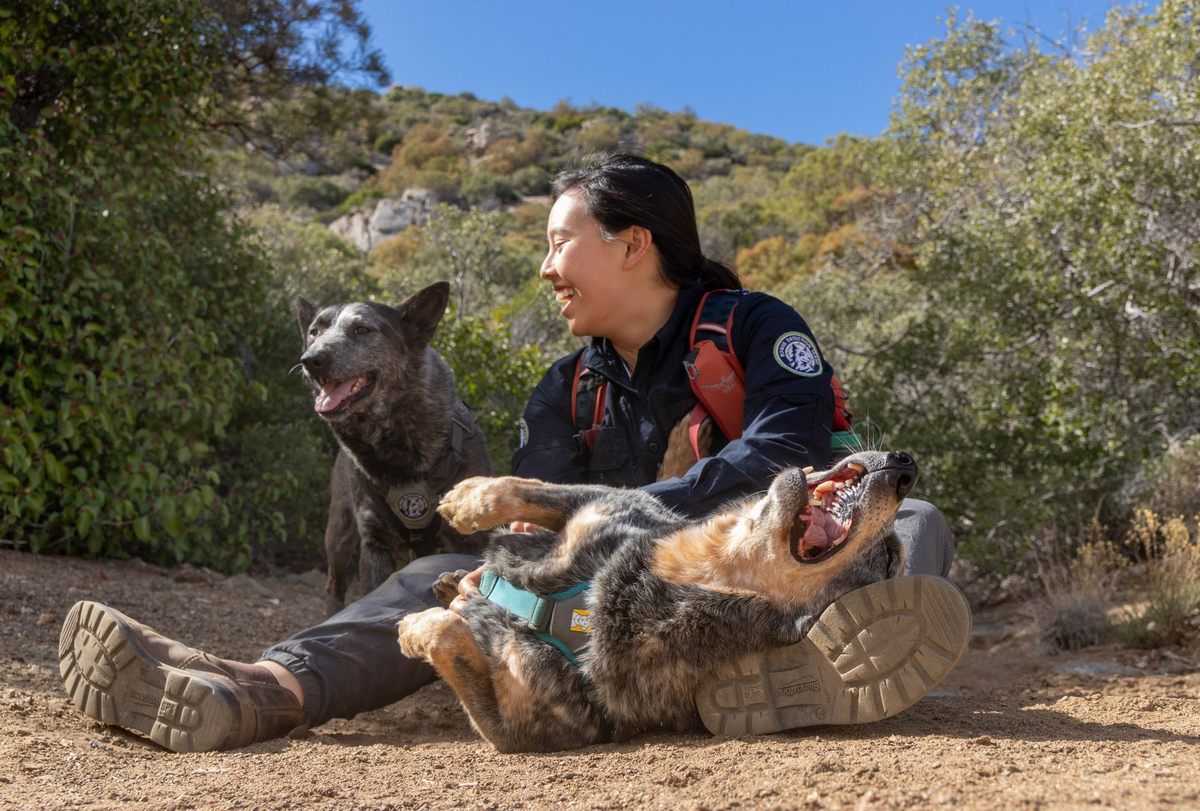
A Destined Duo
Yee was hooked, not just on the job, but on her new partner. “After that first study we went everywhere together,” she says. Their next mission was to sniff out oily and elusive orca scat on the Salish Sea. Jack stood proudly on the bow of the boat, like a mermaid figurehead. Yee crouched over him, like a parody of that bow scene from Titanic. “It’s almost exactly the same thing you do on land, except now the dog doesn’t have legs, and you have to be the legs for them,” she says.
Yee watched Jack’s face carefully. A lean of the body or a simple flair of one nostril was enough for her to tell the captain to change course. “When he picks up an odor he makes a different face,” says Yee, vaguely imitating him. “He’ll get serious and his eyes will narrow, and he’ll kind of taste the air.” The operation was a well-oiled machine, with Jack silently relaying information to Yee, who used hand signals to keep the captain in the loop. Time after time they found the scat and could take their samples, which are critical for understanding of orca population health.

“You can get any information you can think of,” says Yee of the scientific value of orca feces. “It’s like the same thing as going to your doctor. You can get a really intimate view into their lives.” Over years of this kind of sampling, it was revealed that 69 percent of pregnancies in this dwindling resident population ended in miscarriage due to a lack of food and the metabolizing of old toxins stored in the fat of the starving whales. The findings were dark but important, and Jack became a local celebrity for his work.
The next two years were full of nearly nonstop adventure for the duo, from tracking hawks along Wyoming’s snow-covered highways to leading investigators to bat and bird carcasses in California’s wind turbine fields. In 2019, they faced their greatest challenge yet. The Alaska Department of Fish and Game had spent years trying to track the state’s small brown bats—who cozy up in small groups or all alone in cavities between rocks—to their tiny hibernation sites, with little success. Even their tiny satellite trackers went dark in the bats’ dens. Using a combination of acoustic sensors and cameras, the researchers narrowed in on some prime hibernation areas, but identifying actual roosts was a seemingly impossible challenge. Dog detection is used for bat studies, but no one had been able to train a dog on this specific, tricky task: sniffing out where bats had touched down, maybe hours or days before.
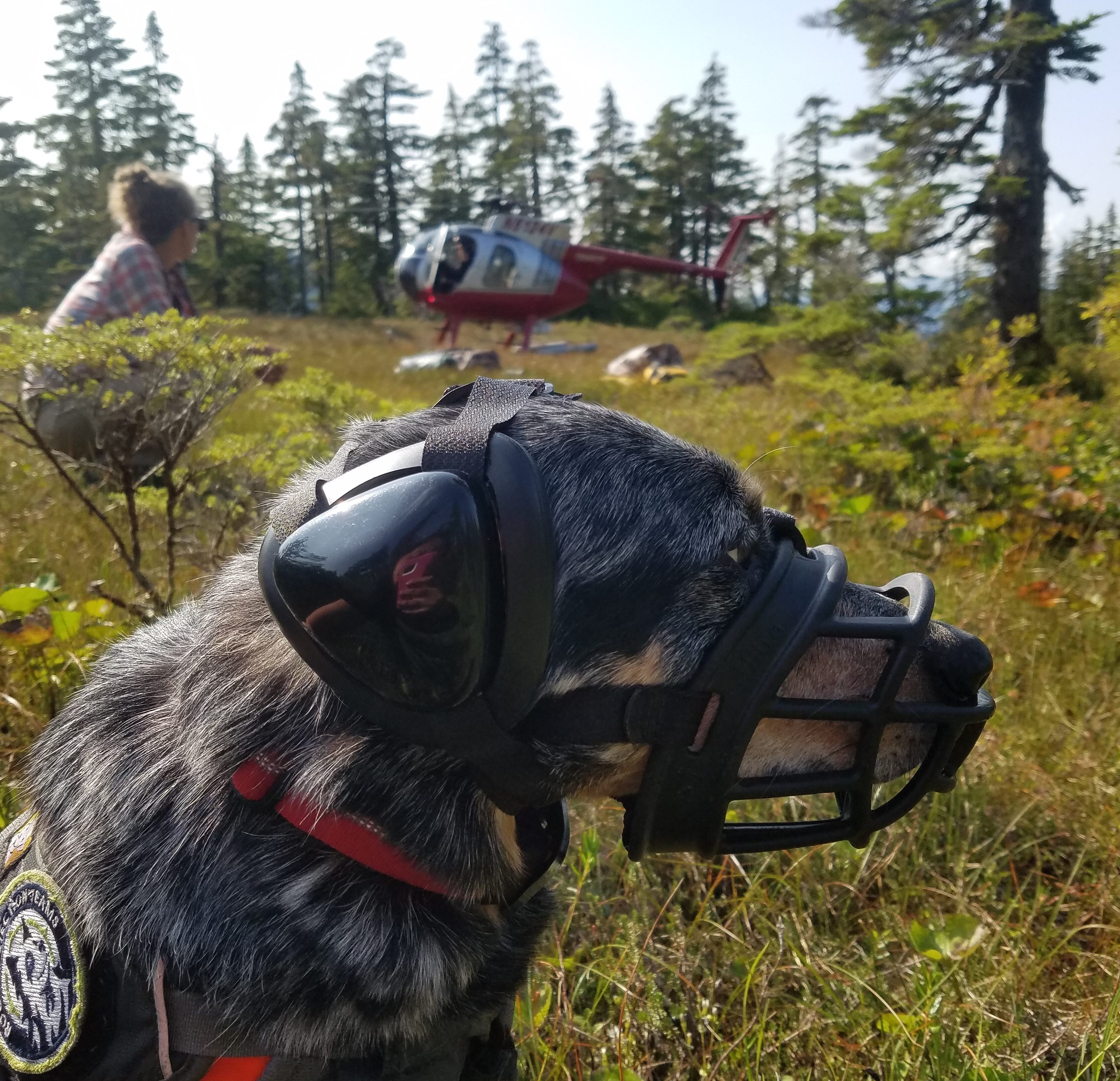
Each new project, each new scent, requires a new round of training. Jack got used to dead bats, guano, and bits of bat fur on a fishing line dragged over rocks. But samples like these can pick up a lot of other scents along the way, and don’t always equate to what the dogs will be trying to find out in the wilderness. “An important element of any new scent [training] is getting a ‘hot spot,’” Yee says. “We need to bring them to a place that we already know has it, and then when they get that very first wild sample, that’s when things click.”
They let Jack sniff a live bat and then helicopter-lifted him to rocky ridgelines where bats were known to have been scouting out homes. The crew spent a week trying out spots, but Jack wasn’t responding. “He wasn’t showing any interest and was just like, ‘Whatever, there’s nothing here,’” says Yee.
Then, suddenly, Jack lit up. He sniffed up the length of a rock, turned to Yee and sat down—the indication that he had found what he was trained to find. “I could literally see the light go on,” says Yee. The research team pulled the SD card from a nearby camera trap. Sure enough, the footage showed a bat crawling the exact path Jack had traced. And the footage was two days old. They tried again, circling the spots Jack signaled with chalk and setting up camera traps. Again and again they’d watch bats land bullseye in the chalk circle. “I had never been so proud of him,” says Yee with a big grin.

The Fight to Live
Just when the two seemed indestructible, everything went off the rails. “Jack and I are inseparable, right?” says Yee, her grin fading and her eyes wandering. “We think nothing’s gonna tear us apart. And then, the one thing that could get us away from each other does.”
In spring 2020, Yee got the worst phone call of her life. Her sister—just a year older, but a role model and caretaker—had died, just a week after Yee’s last visit. “It just destroys my whole life,” says Yee. In shock, Yee left Jack in the care of the Rogue team and went home to the Bay. She spent the next year alone, in a blur, during a pandemic, not working and hardly mustering the inspiration to leave the house, until one day, she got another call. It was about Jack.
Jack was out of the field, and had been diagnosed with apocrine gland anal sac adenocarcinoma—a form of cancer. “A year after my sister’s death, I’m still just a shadow of myself and hearing about Jack,” Yee says, “it gave me the kick in the ass I needed.” Yee drove up to Washington, picked up Jack, and headed to Oregon to start a new life together. Jack was once again the center of her world, someone to live for, she says.
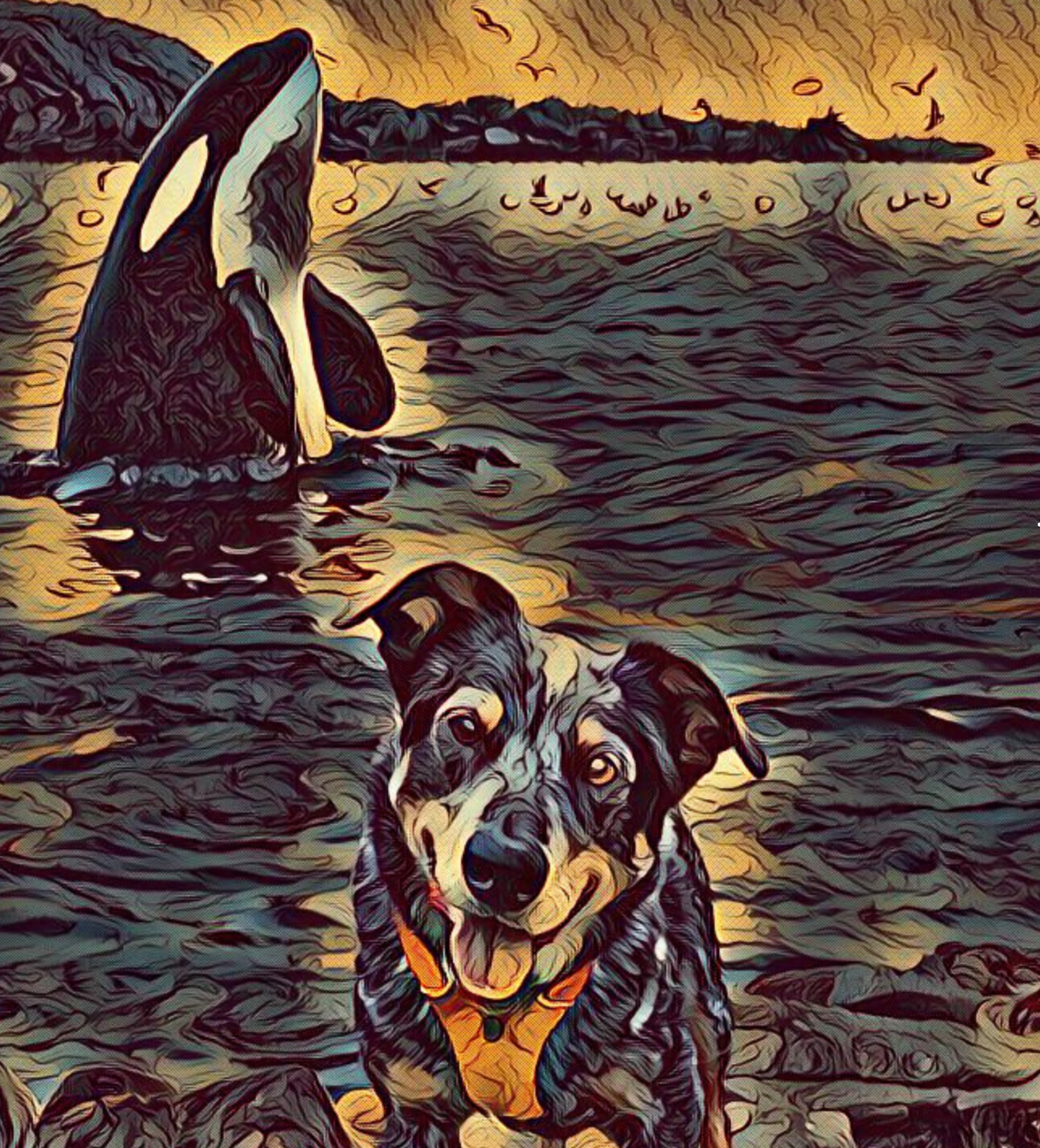
Over the next year Jack went through a series of surgeries, followed by remission and recurrence. Finally, the only option was aggressive and expensive rounds of surgery, radiation, chemotherapy. Yee questioned whether she could put Jack through anymore, let alone how she or Rogue could ever afford the treatments. “This dog literally saved my life and gave me everything,” she says, so they pooled what they could, borrowed, and crowdfunded the rest.
Amazingly, the aggressive treatment seemed to work. “I could see it in him almost immediately,” says Yee, her smile returning. “His energy was up. His appetite was up, everything like he was. He looked completely different after all these treatments.” Jack is still on chemotherapy, which he can now take orally, and goes in for regular testing, but he is technically in remission. As Jack became healthier, his personality returned; he got restless. “He’s driving me nuts,” says Yee. “You wouldn’t even think that this kid has cancer, because he just wants to go.”
In spring 2023, shortly after his 11th birthday, Jack was back in his happy place—at work. Yee broke down in tears, overwhelmed with the joy of watching Jack back at it, sniffing for squirrels in the woods of Washington. “It was just such the right choice to put him back in the field,” says Yee.
“To see the two of them actually back in the field working, I honestly didn’t think it would have been possible,” says Smith, who recently lost one of his own dogs to the same cancer.
As much as Yee took care of Jack during his illness, he was helping her, too. “Having him back in my life and remembering how much love I had for him, really changed a lot,” says Yee. “In my mind for that year, I didn’t care about anything. I lost the person who essentially raised me and gave me everything that I have. I needed that reminder. In a really fucked up way, Jack’s cancer saved me.”
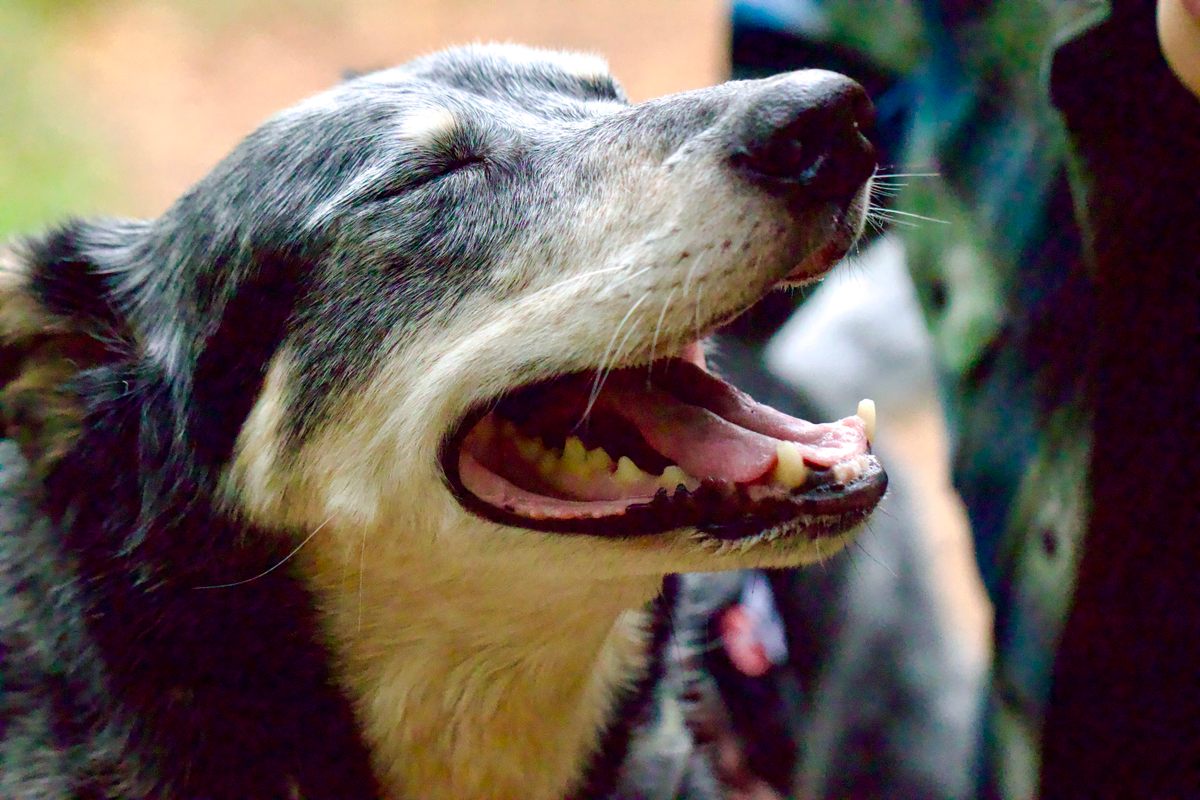
A New Chapter
With two new leases on life, Yee and Jack are focusing on slowing down from the years on the go. Yee’s career gave her a sense of purpose, but she can’t help but think of all she missed out on. “I was always on the road, months gone, never seeing my friends and family, not having a life outside of work,” she says. “All I did was work. But now, I can do it differently. This time around, I can put down roots in a city and do it how I want to.” That doesn’t mean Yee is done with Rogue. She’s still in the field occasionally—especially if Jack has a say in it—and the pair is also focusing on much-needed consulting and education for the rapidly expanding world of canine detection research, which is itself at a kind of crossroads.
“We are seeing such a huge increase in the popularity of this method, which on the one hand is wonderful—more dog teams helping wildlife, right?” says Hartman. “But with this rise comes the caveat that if we as a field are not developing it ethically or sustainably, we could see the collapse of something fragile.” People with pet dogs are starting to saturate the field, for example, and these enthusiasts offer up cheaper or free canine services, without formal, rigorous training. If they muddy the reputation of the research method, Hartman, Smith, and Yee, say, then there’s one less place for dogs like Jack.
Now Yee is crafting a new life in Oregon with Jack, her pet dog Riley, and occasionally Dio, her other Rogue partner. But she still has plans for adventure. Her next project is helping a canine team in Hawaiʻi learn to sniff out invasive snails. And the Rogue team is just glad to have her back. “We just don’t come across folks like Collette with her skills,” says Smith. “And not just with the dogs, but her skills at doing anything. Having her come back in any capacity is fantastic for us. Honestly, even if she wasn’t working with us, just to have her come for the holidays is very special. Just to be around her is fantastic.” Jack seems to feel the same way.



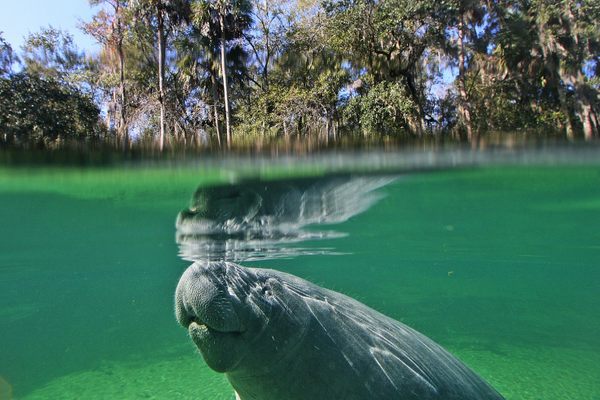
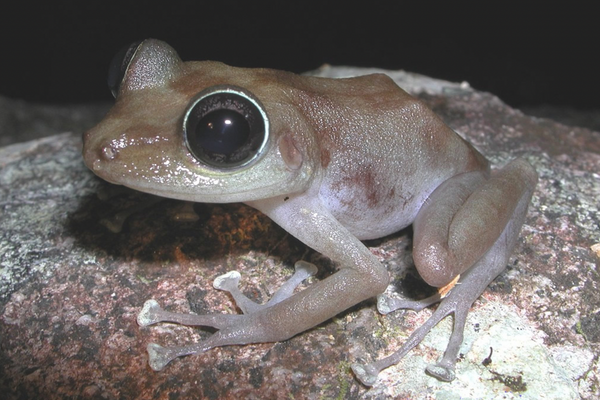
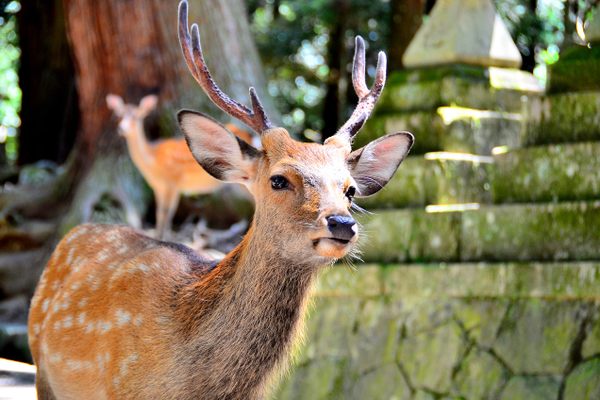































Follow us on Twitter to get the latest on the world's hidden wonders.
Like us on Facebook to get the latest on the world's hidden wonders.
Follow us on Twitter Like us on Facebook